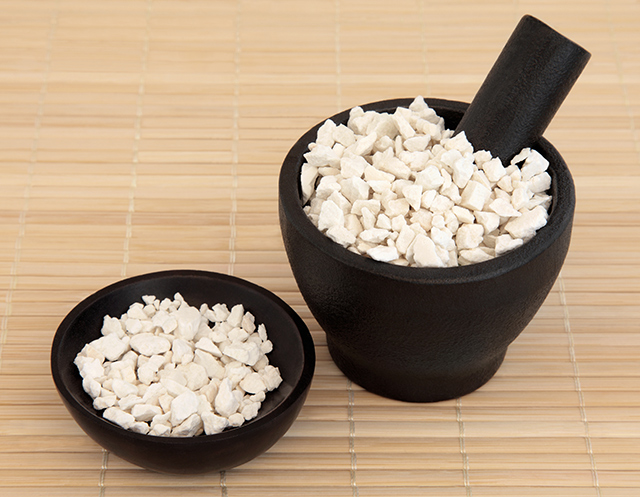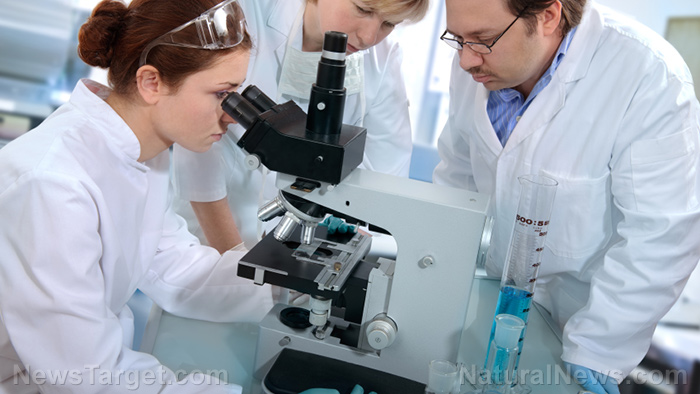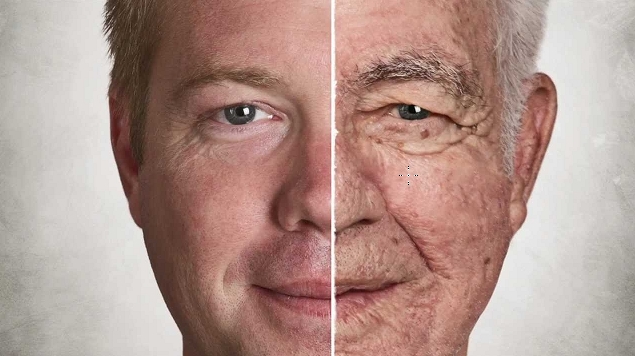
Cold deficiency and heat deficiency in TCM
Cold deficiency, often termed yin deficiency, is defined as a chronic deficient state characterized by recurrent episodes of yang (heat) excess. It is said to be caused by stagnation of fluids that affects blood circulation. People with cold deficiency are intolerant to cold and anorexic, have pale complexion, loose stools, and weak pulse, and may suffer from coughs with thin or white sputum and weakness. Cold deficiency also causes general dryness, which often manifests on the skin as wrinkles. It is more commonly associated with the decline of yin that comes with age, which is the main reason for the inability of older women to become pregnant.
Heat deficiency or yang deficiency, on the other hand, often develops due to cold deficiency. These two are closely associated, but heat deficiency can also be caused by other factors, such as behavior, diet, and environment. Living in cold climates can damage the yang, allowing external cold to enter the body and weaken the inner fire of yang. Heat deficiency causes intolerance to heat; people with this deficiency have a redder complexion, strong pulse, dark urine, and cough with thick and yellowish sputum. Heat deficiency can also affect the kidney and cause overweight and puffiness, lethargy, dysmenorrhea, and subfertility.
Poria can be used to treat cold deficiency
For their study, the researchers compared the effects of poria on cold deficiency and heat deficiency with those of two other TCMs, namely Aconiti Lateralis Radix Praeparata (also known as fu zi, FZ) and Rhizoma Anemarrhenae (also known as zhi mu, ZM). FZ was used as a cardiac drug by the ancient Chinese and is prescribed to people who suffer from kidney yang deficiency. ZM, on the other hand, is described as cold in nature and is used in TCM to expel heat from the lungs, stomach, and kidneys. The researchers used rats for their cold deficiency and heat deficiency models.
After treating the animals with the TCMs, they assessed their appearance score and toe and rectal temperatures at different time points. They confirmed the successful establishment of cold deficiency and heat deficiency syndrome models from the changes in appearance score and indices in vivo. The researchers reported that these indices correlated with substance and energy metabolism (glucokinase, phosphoglycerate kinase, cytochrome c reductase, cytochrome c oxidase, and Na+/K+-ATPase), the endocrine system (triiodothyronine, thyroxine, and 17-hydroxycorticosteroid), the nervous system (acetylcholine esterase), and the cyclic nucleotide system.
Treatment with FZ reversed the decreased levels of certain indices -- such as those related to substance and energy metabolism and the endocrine system -- and alleviated cold-deficiency in the animal model. Meanwhile, ZM showed a therapeutic effect on the heat deficiency syndrome model (appearance score, substance and energy metabolism, and endocrine system). As for poria, the researchers found that it could alleviate cold deficiency syndrome and raise the decreased levels of glucokinase, phosphoglycerate kinase, cytochrome c reductase, and triiodothyronine in the cold deficiency animal model. However, poria had no significant effect on heat deficiency syndrome. (Related: Ever heard of poria? This little-known mushroom is a powerful superfood that offers a wide range of immune actions.)
Based on these results, the researchers concluded that the therapeutic property of poria is “flat and warm," and further studies involving cold deficiency and heat deficiency models need to be done to better understand its potential.
Sources include:
Please contact us for more information.























